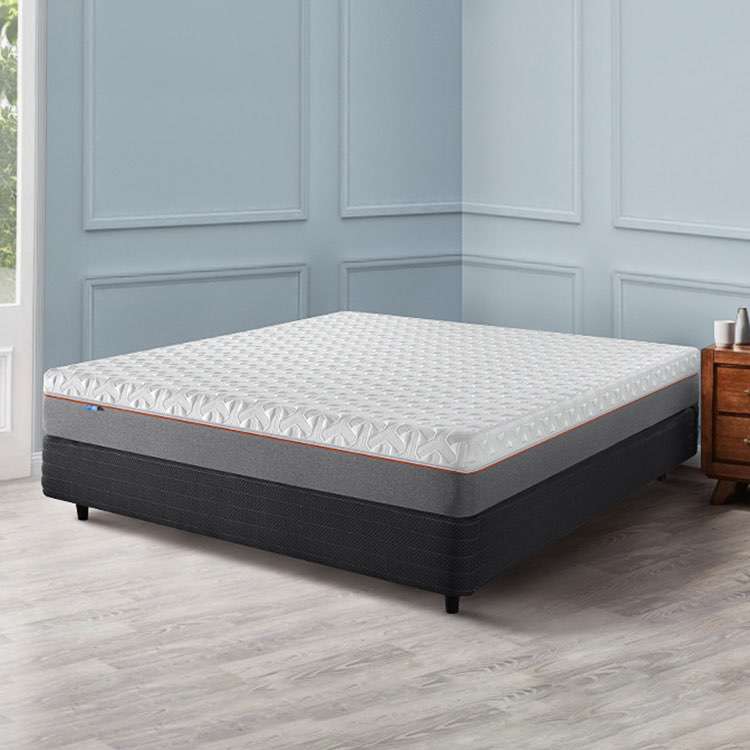What Is Hypoallergenic Bedding?
 Foshan LEIZI Furniture Co., Ltd
Foshan LEIZI Furniture Co., Ltd  October 09,2024
October 09,2024
A good night's sleep is essential for maintaining overall health and well-being. However, for many people, allergies and sensitivities can disrupt this vital rest. Common allergens like dust mites, pet dander, and mold can lurk in our bedding, exacerbating allergies and making it difficult to achieve restful sleep. Fortunately, hypoallergenic bedding offers a solution. Designed specifically to reduce allergens, hypoallergenic bedding can make a significant difference in the quality of sleep for those who suffer from allergies or respiratory conditions. In this article, we will explore what hypoallergenic bedding is, its benefits, and how to choose the best hypoallergenic bedding products for your needs.
What Is Hypoallergenic Bedding?
Hypoallergenic bedding is specially designed to minimize the presence of allergens that can trigger allergic reactions or exacerbate asthma and other respiratory conditions. The term "hypoallergenic" means that a product is less likely to cause an allergic reaction. In the context of bedding, this typically means that the materials used are resistant to common allergens like dust mites, mold, and pet dander.
Materials commonly used in hypoallergenic bedding include tightly woven fabrics that create a barrier against allergens. Natural fibers such as organic cotton, bamboo, and silk are popular choices because they are breathable and less likely to harbor dust mites compared to synthetic fibers. Additionally, some hypoallergenic bedding products are treated with antimicrobial agents that inhibit the growth of mold and bacteria.
Benefits of Hypoallergenic Bedding
The primary benefit of hypoallergenic bedding is the reduction of allergic reactions, which can lead to significantly improved sleep quality. For individuals who suffer from allergies, sleeping in an environment free of allergens can result in fewer nighttime awakenings, less congestion, and reduced morning symptoms such as sneezing and watery eyes.
Hypoallergenic bedding is particularly beneficial for people with asthma. Asthma can be triggered by allergens, and having bedding that minimizes exposure to these triggers can help prevent asthma attacks and improve overall respiratory health. Additionally, hypoallergenic bedding tends to be more breathable, which can help regulate body temperature and further enhance sleep quality.
Another advantage of hypoallergenic bedding is its enhanced cleanliness and hygiene. The materials used are often resistant to dust mites and other common allergens, making them easier to keep clean. Regular washing can effectively remove allergens, and some hypoallergenic bedding products are even machine washable, adding an extra layer of convenience.
Types of Hypoallergenic Bedding
There are several types of hypoallergenic bedding available, each designed to address different aspects of a sleep environment.
Hypoallergenic Bed Sheets
Hypoallergenic bed sheets are typically made from natural fibers such as organic cotton, bamboo, or silk. These materials are not only resistant to dust mites but also provide a soft and comfortable sleeping surface. Bamboo hypoallergenic bed sheets, for example, are known for their moisture-wicking properties, which can help keep the bed dry and inhospitable to dust mites. Additionally, organic cotton hypoallergenic bed sheets are free from pesticides and chemicals that could potentially irritate sensitive skin.
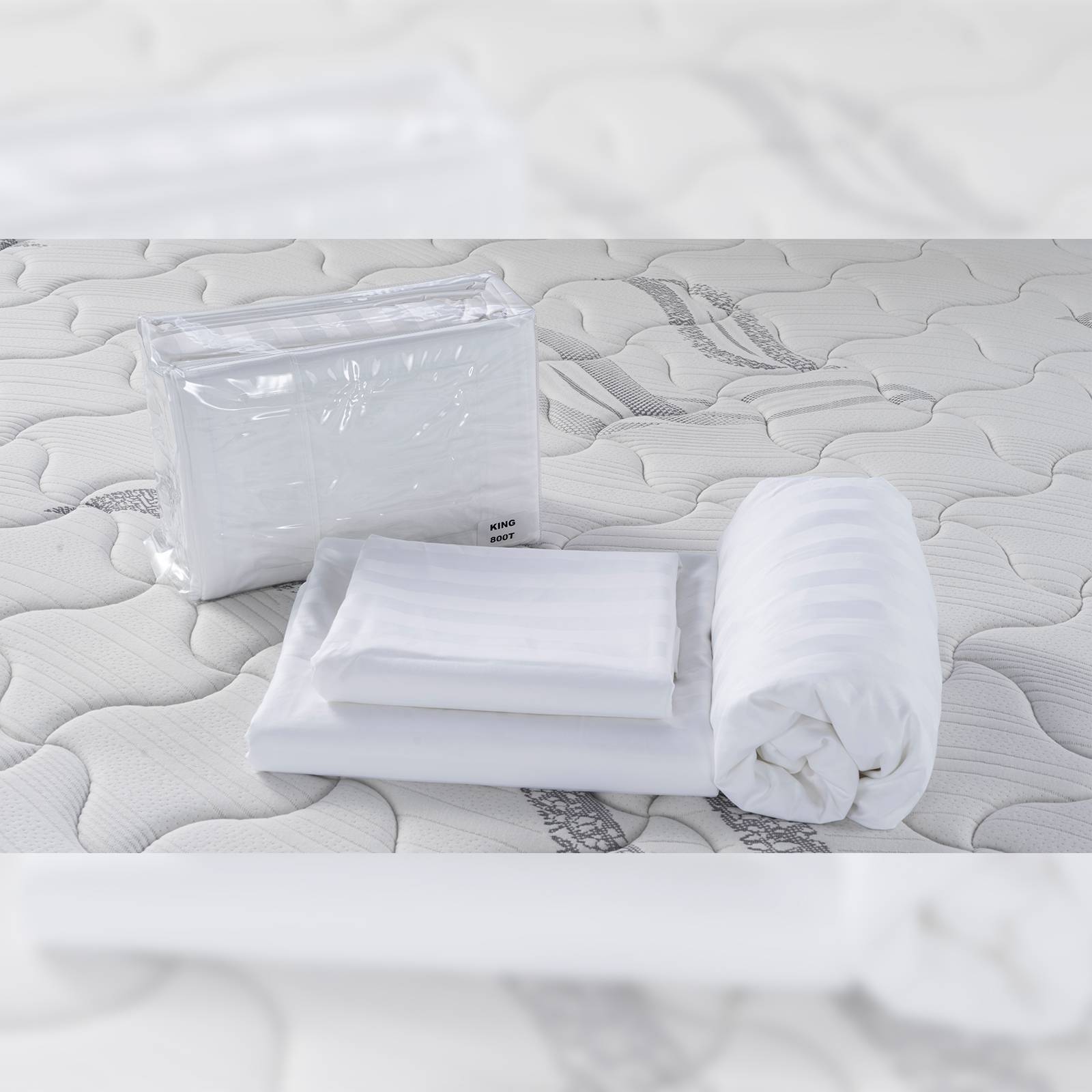
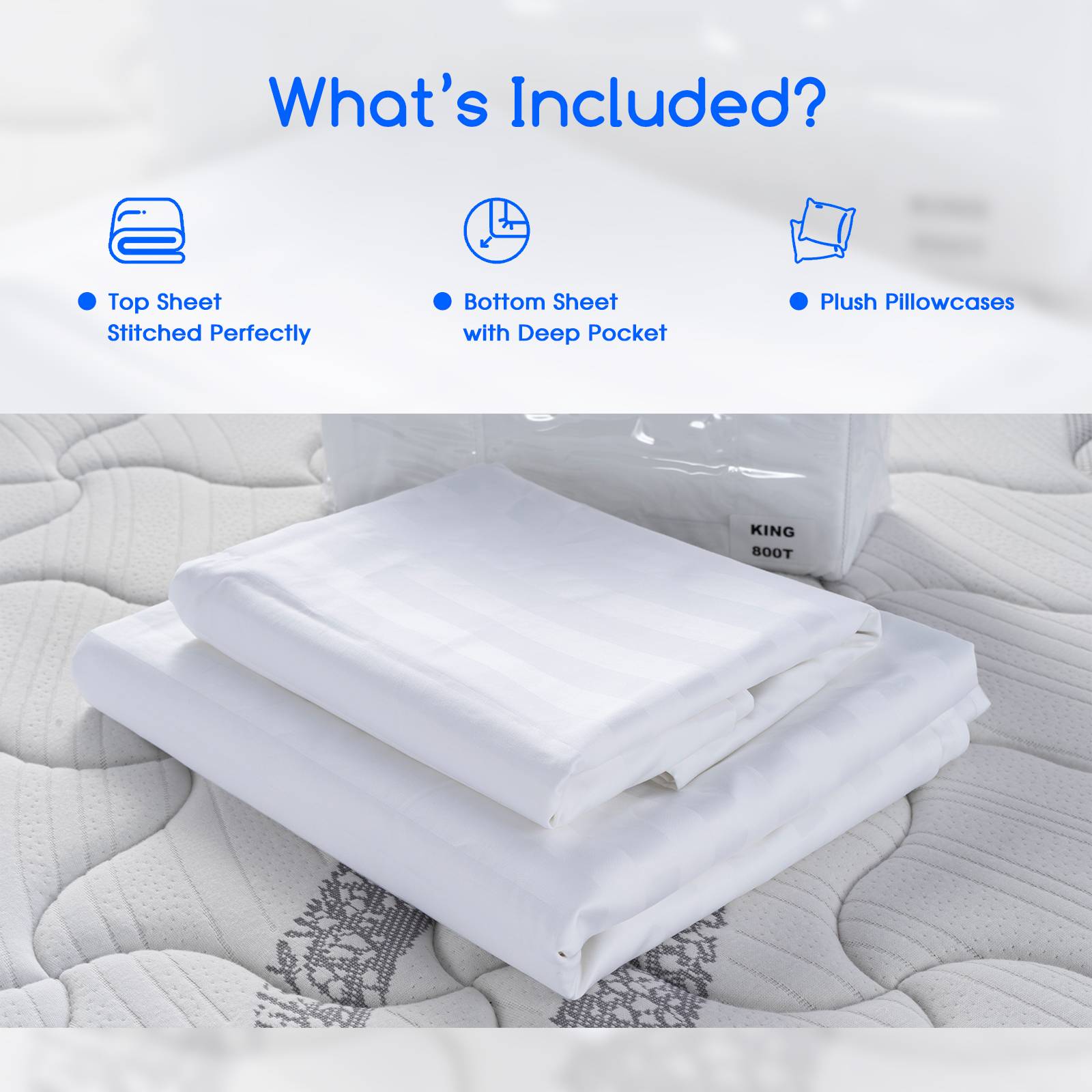
Hypoallergenic Beds
A hypoallergenic bed is designed to create a sleep environment that minimizes exposure to allergens. These beds often feature materials and constructions that resist common allergens like dust mites, mold, and pet dander. Hypoallergenic mattresses are typically made from natural latex, memory foam, or other materials that do not harbor allergens. Additionally, they may be encased in tightly woven, breathable covers that prevent allergens from penetrating the mattress surface.
To further enhance their hypoallergenic properties, these beds often come with mattress protectors and encasements. These accessories are essential for creating a comprehensive barrier against allergens. Natural fibers such as organic cotton are frequently used in these products due to their breathability and resistance to allergens.
Choosing a hypoallergenic bed can significantly improve sleep quality for allergy sufferers by reducing nighttime symptoms and promoting a cleaner, healthier sleep environment. Regular cleaning and maintenance of hypoallergenic bedding components are crucial to maintaining their effectiveness in minimizing allergens.
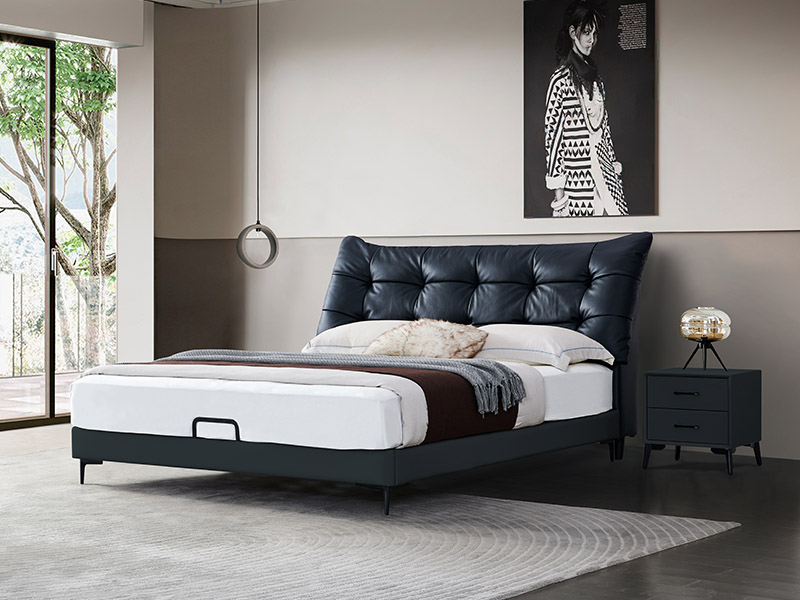
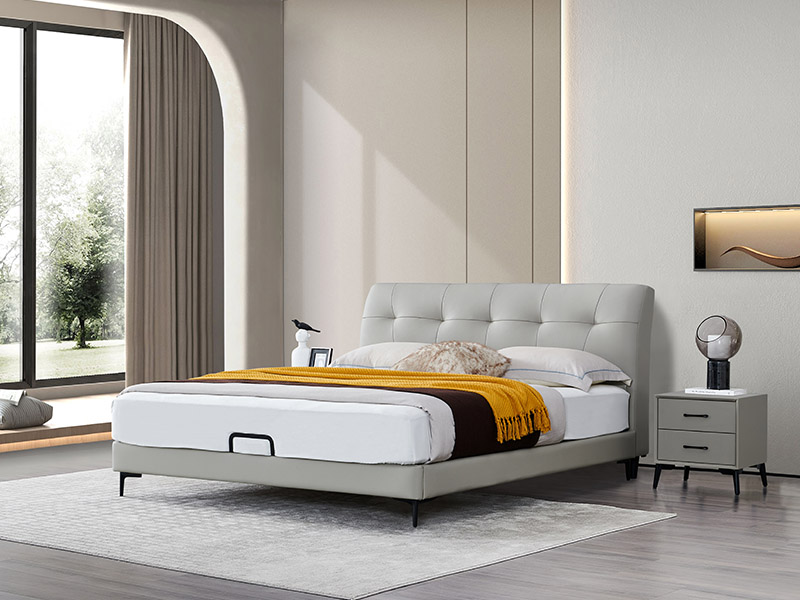
How to Choose Hypoallergenic Bedding
When choosing hypoallergenic bedding, there are several factors to consider to ensure you select the best products for your needs.
Materials: Look for natural fibers such as organic cotton, bamboo, or silk. These materials are breathable and less likely to harbor allergens.
Certifications: Check for certifications such as OEKO-TEX® Standard 100 or GOTS (Global Organic Textile Standard) that indicate the product has been tested for harmful substances and meets certain environmental standards.
Personal Needs: Consider any specific allergies or sensitivities you have. For example, if you have a latex allergy, avoid hypoallergenic products that contain latex.
Maintenance: Choose hypoallergenic bedding that is easy to clean and maintain. Hypoallergenic bedding should be washed regularly to keep it free from allergens. Look for products that are machine washable for convenience.
The Future of Hypoallergenic Bedding
As awareness of allergies and the importance of a healthy sleep environment grows, the market for hypoallergenic bedding continues to evolve. One emerging trend is the development of advanced materials and technologies that enhance allergen resistance and comfort. For example, synthetic fibers are being engineered to mimic the properties of natural fibers while offering superior resistance to dust mites, mold, and bacteria. Innovations in fabric treatments are also on the rise, with antimicrobial and anti-allergen finishes becoming more common, providing an additional layer of protection against allergens.
Sustainability is another critical factor shaping the future of hypoallergenic bedding. Consumers are increasingly seeking eco-friendly options that minimize environmental impact. Organic materials such as cotton and bamboo are gaining popularity due to their natural hypoallergenic properties and lower ecological footprint. Manufacturers are also focusing on sustainable production practices, including reducing water usage and chemical treatments during manufacturing processes.
Moreover, the integration of smart technology into bedding is a potential future trend. Smart hypoallergenic bedding could include features like moisture and temperature regulation, further enhancing sleep quality while maintaining a hypoallergenic environment. As innovation continues, the future of hypoallergenic bedding promises to provide healthier, more sustainable, and technologically advanced options for consumers seeking the best in sleep health.
Hypoallergenic bedding is an excellent investment for anyone looking to improve their sleep environment and reduce exposure to allergens. By choosing hypoallergenic bed sheets and a hypoallergenic bed, you can create a cleaner, healthier sleeping space that promotes better sleep quality and overall well-being. As the market continues to innovate, there are more options than ever to find hypoallergenic bedding that meets your needs and preferences. Consider making the switch to hypoallergenic bedding and experience the difference it can make in your sleep and health.
FAQ
1. What materials are commonly used in hypoallergenic bedding?
Hypoallergenic bedding is typically made from natural fibers such as organic cotton, bamboo, and silk. These materials are less likely to harbor dust mites and other allergens due to their tightly woven construction and breathability. Some hypoallergenic bedding products also incorporate advanced synthetic fibers that mimic the properties of natural materials while offering enhanced resistance to allergens. Additionally, these products might be treated with antimicrobial agents to further inhibit the growth of mold and bacteria.
2. How do hypoallergenic bed sheets and mattress protectors work?
Hypoallergenic bed sheets and mattress protectors work by creating a barrier that prevents allergens like dust mites, pet dander, and mold from penetrating and accumulating in your bedding. The tightly woven fabrics used in these products are designed to block even the smallest particles. Mattress protectors, in particular, encase the entire mattress, offering comprehensive protection. Regular washing of these items helps to maintain their effectiveness by removing any trapped allergens.
3. Can hypoallergenic bedding help with asthma and other respiratory conditions?
Yes, hypoallergenic bedding can be particularly beneficial for individuals with asthma and other respiratory conditions. By reducing the presence of common allergens, hypoallergenic bedding can help minimize asthma triggers, leading to fewer attacks and improved respiratory health. The breathable materials used in hypoallergenic bedding also aid in regulating body temperature and moisture, creating a more comfortable and healthful sleep environment.


